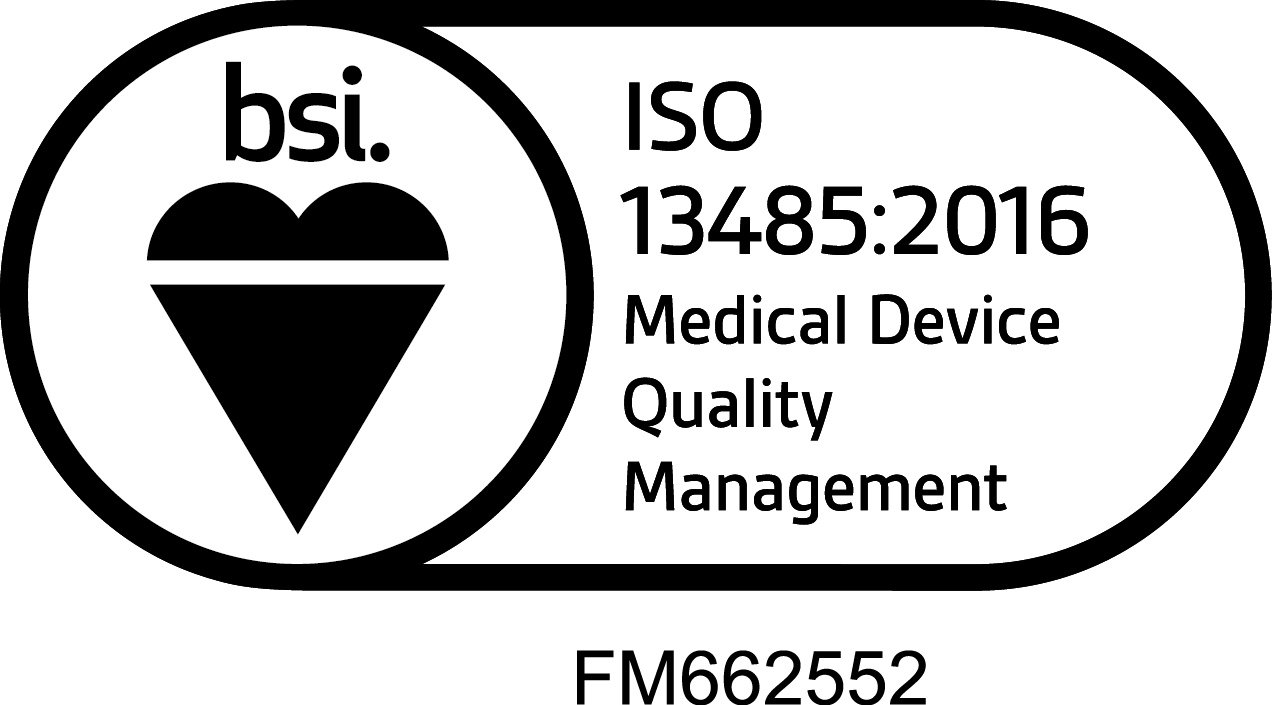Profile tolerancing: A design tool to improve medical device inspection
Profile tolerancing is one the tools engineers and manufacturers can use to improve production of medical devices.
Some customers are hesitant to have their drawing shift from linear +/- dimensioning into profile tolerancing. While profile tolerancing is less common, there are good reasons to consider it. Two of these reasons are reducing the risk of repeat measurement and reducing inspection time.
We put together a closer look at the impact profile tolerancing can have on medical device production in “Inspection Benefits of Profile Tolerancing,” our column for Orthopedic Design & Technology. If you’re noticing ongoing issues with measurement and inspection times, it may be time to revisit this approach.
What profile tolerancing is and how it differs from linear dimensioning
Profile tolerancing and linear dimensioning are shown in very different ways, which ultimately impacts how a part is inspected.
Profile tolerancing is part of geometric dimensioning and tolerancing (GD&T), and defines uniform upper- and lower-level boundaries around the desired physical nominal geometry. It accounts for orientation, location, size and form. A single feature with linear dimensioning would include separate dimensions for size, form, orientation, or location.
A thru hole feature with a tolerance in size of ±0.1 mm is a good example of how these approaches differ.
Profile tolerancing would describe the tolerance as “0.1 mm all around,” whereas linear dimensioning would require up to five different dimensions to communicate the same thing. Each linear dimension needs to be inspected individually, while the profile tolerance can compare data points to the nominal CAD geometry.
How profile tolerancing can reduce the risk of repeat measurement
For some geometric features, a CMM needs to construct geometric shapes to measure points called out by linear dimensioning. If there is a small deviation in location, this could impact the accuracy of the measurement.
If a measurement is out of tolerance, a second measurement should be taken. If the second is in tolerance, a third measurement should be taken to confirm which set of measurements is accurate. This can be time consuming when multiple features need to be measured.
Profile tolerancing reduces the risk of measurement errors by mitigating the uncertainty in mathematical fitting of complex prismatic geometries where single data points used in calculation may cause errant results. An example would be a short sweep of a large radius where even one data point captured out of its actual position, yet within the uncertainty of the measuring device may cause perceived out-of-tolerance reporting. Profile tolerancing uses the location of each measured point relative to the CAD model’s nominal geometry.
Why profile tolerancing can reduce inspection time
Profile tolerancing can help reduce the time it takes for setup, in-process, and final inspection, as well as the time it takes to dimension a drawing.
Based on our estimates for a cervical plate, profile tolerancing can reduce the time it takes for these activities by at least 826 minutes, or more than 13 hours.
A large portion of these time savings comes from optimized inspection processes:
- Setup inspection: Profile tolerancing simplifies setup inspection because there is only one measurement to inspect vs. multiple with linear dimensioning.
- In-process inspection: Profile streamlines inspection time because machinists and quality engineers no longer need to scan printouts of data for conformance. Instead, the measurements are compared to a 3D CAD model for quick, visual confirmation if a feature or dimension conforms to requirements.
- Final inspection: Rather than manually comparing inspection data against linear measurements, profile inspection data can be pulled from a CMM report and submitted for review.
Read the full ODT article or contact our team to learn more about how profile tolerancing an reduce inspection time for medical devices.
You can also read more about profile tolerancing in our white paper, “How to Use Precision GD&T to Reduce Inspection Time for Complex Medical Devices.”

 13485:2016 Registered
13485:2016 Registered